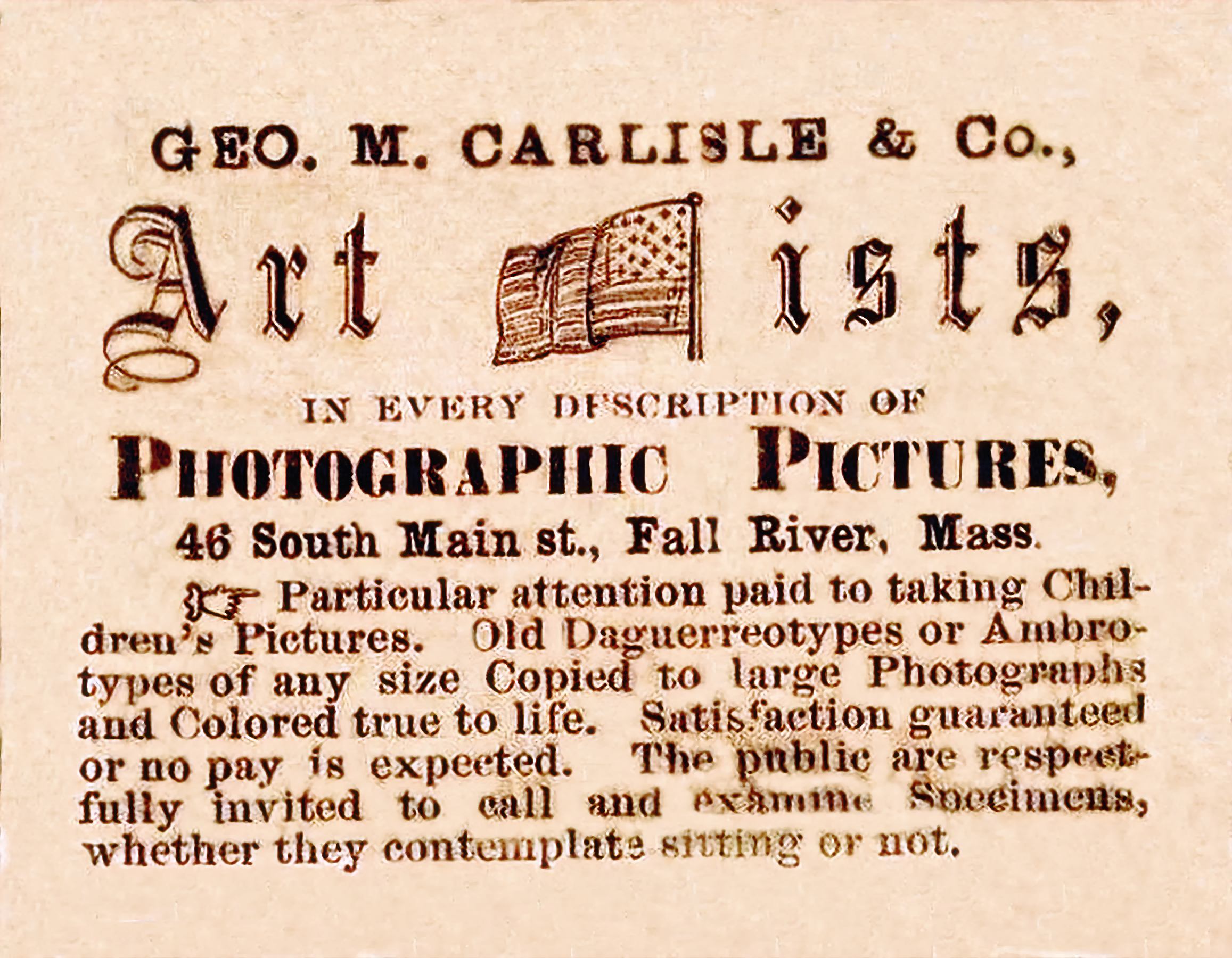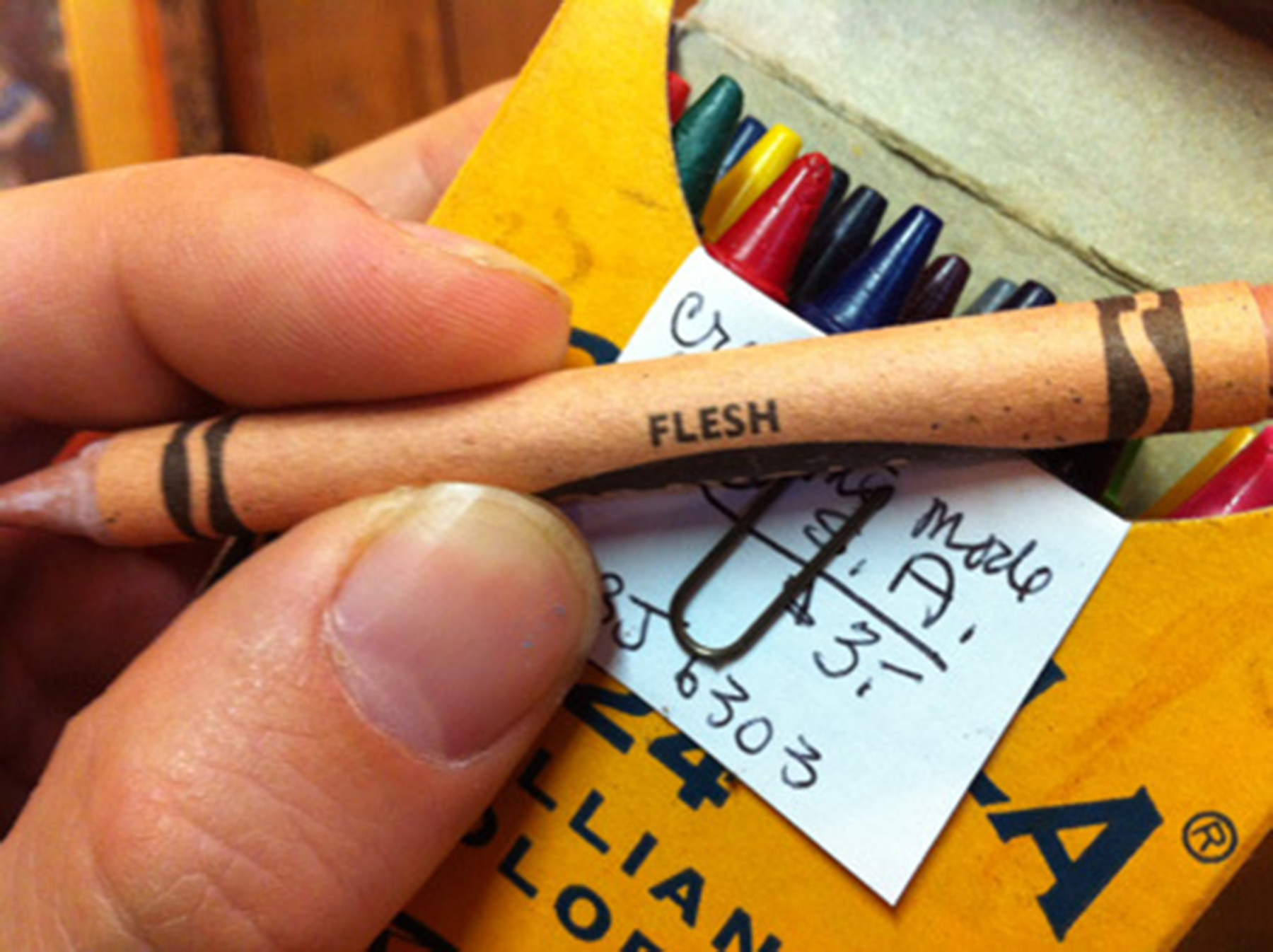On the day Fort Sumter surrendered to its rebel siege, a photographer in Massachusetts published a poem.

The poem declares itself to be about creating memory in the face of death. Its words are selfless, or all but. It asks its readers for parts only, not labor. Knowing in retrospect what was about to happen off the page, we can almost laugh at it. Its black-and-white language, with its rote patriotic tags and its unimaginative mercantile underestimates (“a thousand traitors’ hearts”), is about to become an expository prose in blood-red, but as of the first day of the change its wordy surface appearance is still a poem. In inverted syntax, because that’s how poems are, it still asks us to believe that the image of a living man shortly to be dead can be “to nature sure.”
But after all, G. M. Carlisle wasn’t in the business of using language for the purpose of belief, or any purpose. Whether or not he knew, his only business with language was creation itself. See how he used creation’s inventory.

Removed from their printer’s cases and reassembled, hard images of letters and a flag were made into a line exemplifying brokenness, and then the part of the line that performed a broken word, “Art . .ists,” was made to wrap itself around the Union flag and be drawn back together by it. The purport is, Let that be an example to you. The monition works, too. Thanks to it, you are strong enough once more to face your own brokennesses, and now it can turn out that among those even the broken crayons made their colors a part of you. They did picture your desires. They broke when you tried to communicate fine print with them and write words, but crayon words have been breakable from the creation.

So it isn’t with words that the faithful soldier in the poem by Geo. M. Carlisle pleads with you to catch his fleshless shadow. The words belong to Carlisle’s poem, not Carlisle’s picture. Colored true to life, the picture is a silent waxen image: not articulate flesh but only a flesh-colored idea. But trust the idea, says the shrewd Yankee work of art. In every description of photographic pictures, the true to life doesn’t need to be alive.